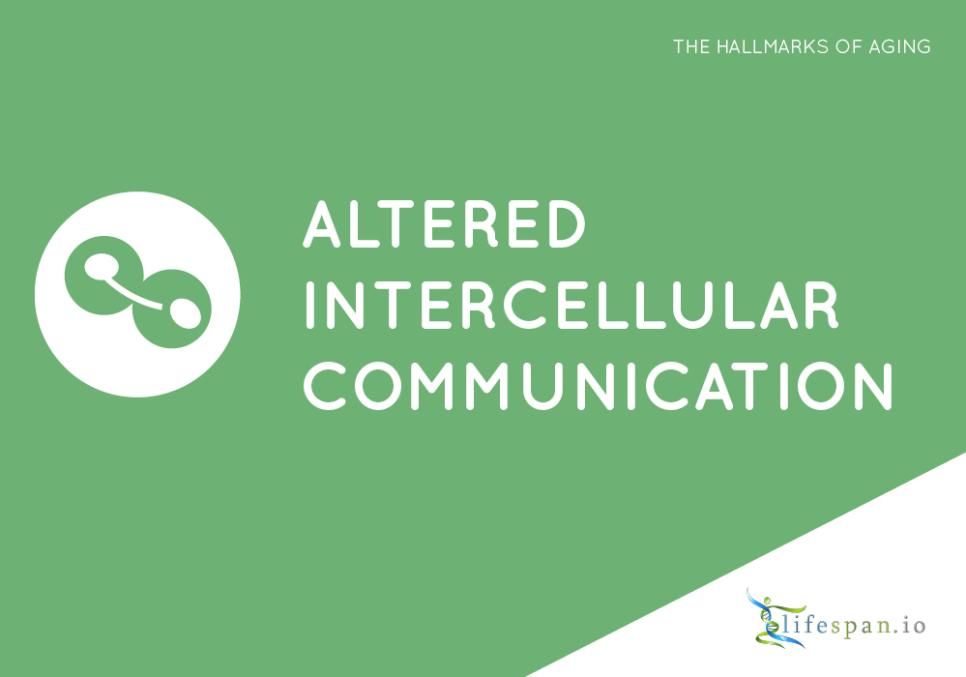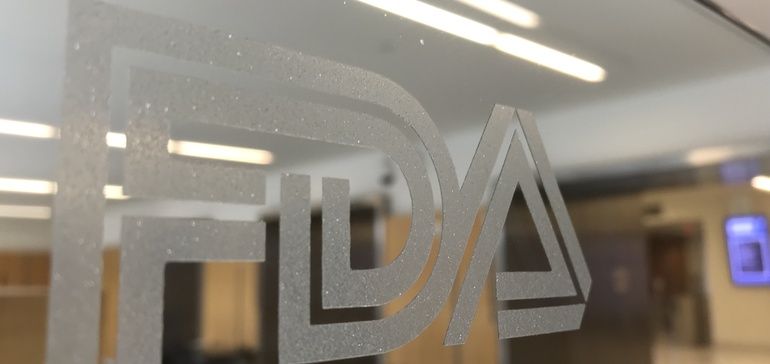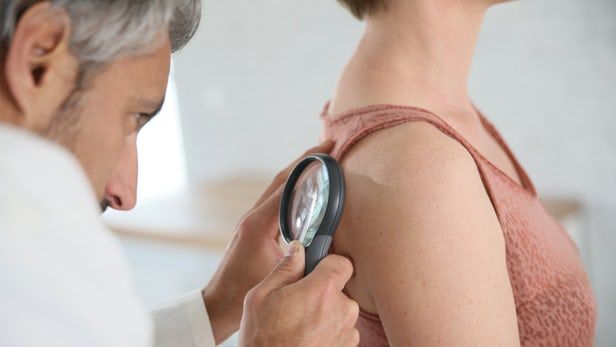Page 8177
Feb 10, 2019
This tower is a massive battery and it’s fuelled by gravity
Posted by Quinn Sena in categories: energy, sustainability

This tower is a massive battery — and it could help solve one of renewable energy’s biggest challenges.
Feb 10, 2019
Deactivating a trigger protein could stop melanoma in its tracks
Posted by Quinn Sena in category: biotech/medical
A new study may have uncovered a previously unknown way to fight melanoma, one of the most deadly forms of skin cancer. A team led by researchers at the Boston University School of Medicine has identified a gene that, when disrupted with a drug compound, can prevent melanoma from developing.
Feb 10, 2019
Red-eyed mosquitoes engineered to break the chain of Zika virus transmission
Posted by Quinn Sena in categories: biotech/medical, engineering
Scientists in Australia are looking at some pretty creative ways to tackle the Zika virus, which continues to pose a risk to millions across Africa, Asia and parts of the Americas. Following a trial last year where researchers were able to decimate disease-spreading mosquitos in the country’s north, scientists have now demonstrated an engineering technique that renders the biggest transmitter of the virus largely immune to it, raising hopes of a new way to control the spread of Zika and other mosquito-borne diseases.
Feb 10, 2019
Physicists Found a Brand-New Kind of Magnet Hiding in a Uranium Compound
Posted by Quinn Sena in category: physics
Feb 10, 2019
Hallmarks of Aging – Altered Intercellular Communication
Posted by Paul Battista in categories: biotech/medical, life extension

Today, we conclude our ongoing series discussing the Hallmarks of Aging [1] by looking at the hallmark of altered intercellular communication, the change in signals between cells that can lead to some of the diseases and disabilities of aging.
As an integrative hallmark, altered intercellular communication is caused by other hallmarks of aging. As a result, there is some hope that therapies targeting these other hallmarks will be able to treat this one.
Continue reading “Hallmarks of Aging – Altered Intercellular Communication” »
Feb 10, 2019
Patrick Dougherty’s Mind-Blowing Nest Houses Made of Living Trees
Posted by Quinn Sena in category: habitats
No, this isn’t the work of some gigantic bird. The living art you see before you was actually done by man — more specifically, artist and branchbender extraordinaire Patrick Dougherty. Crafting human-sized nest houses made by actually weaving growing trees into the shapes of houses, cocoons, pagodas, huts, giant water pitchers and even people, Dougherty has traveled the world with his truly extraordinary sculptures. Click through our photo gallery for images of some of his coolest work.
Feb 10, 2019
Scientists Studying Near-Death Experiences Predict What Happens After Death
Posted by Genevieve Klien in category: futurism
Feb 10, 2019
Drug combo makes neurons to replace damaged ones
Posted by Paul Battista in categories: biotech/medical, neuroscience
Feb 10, 2019
New Pill can Deliver Insulin Through the Stomach
Posted by Paul Battista in category: biotech/medical
An MIT-led research team has developed a drug capsule that could be used to deliver oral doses of insulin, potentially replacing the injections that people with type 2 diabetes have to give themselves every day.
About the size of a blueberry, the capsule contains a small needle made of compressed insulin, which is injected after the capsule reaches the stomach. In tests in animals, the researchers showed that they could deliver enough insulin to lower blood sugar to levels comparable to those produced by injections given through skin. They also demonstrated that the device can be adapted to deliver other protein drugs.
“We are really hopeful that this new type of capsule could someday help diabetic patients and perhaps anyone who requires therapies that can now only be given by injection or infusion,” says Robert Langer, the David H. Koch Institute Professor, a member of MIT’s Koch Institute for Integrative Cancer Research, and one of the senior authors of the study.
Continue reading “New Pill can Deliver Insulin Through the Stomach” »
















